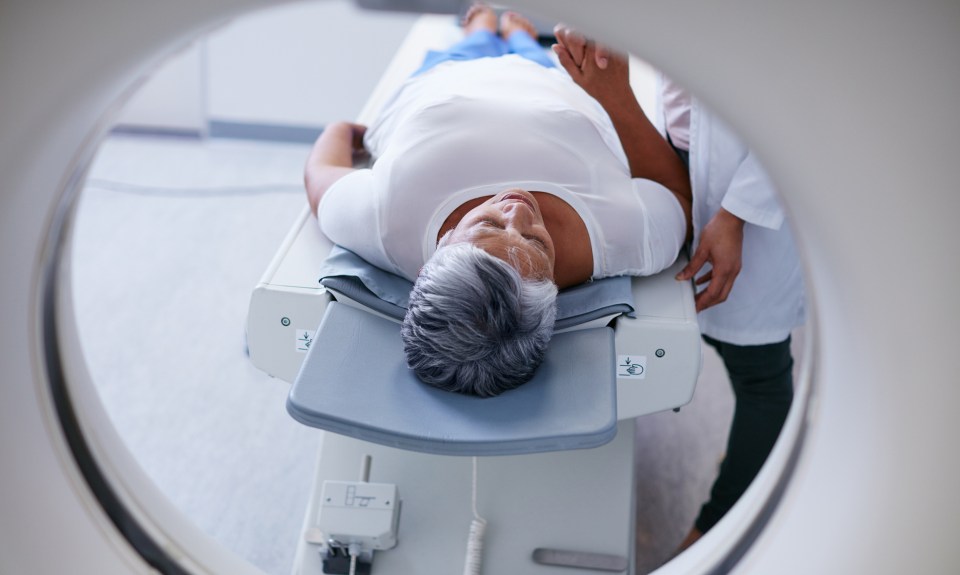A silent stroke or whispering stroke sounds mysterious and in some ways they are. They can can sneak up on you, go ignored or be happening without you feeling a thing. The medical community has spent a great deal of time teaching people the warning signs of the 800,000 strokes that occur each year. The most common is the F.A.S.T. acronym as described by the American Heart Association.
F.A.S.T. Warning Signs
Use the letters in F.A.S.T to spot a Stroke:
- F = Face Drooping – Does one side of the face droop or is it numb? Ask the person to smile. Is the person’s smile uneven?
- A = Arm Weakness – Is one arm weak or numb? Ask the person to raise both arms. Does one arm drift downward?
- S = Speech Difficulty – Is speech slurred?
- T = Time to call 911
However, with a whispering or silent stroke, we are referring to something much more subtle or even invisible. Silent strokes are common; it is estimated there are 8 to 11 million silent strokes each year and that 50% of people over the age of 85 years have had a silent stroke. They are much more common in high-risk groups with hypertension being the greatest risk factor.
What is a Silent Stroke?
Silent strokes are exactly what they sound like. They are found coincidentally when the person is sent for a brain (CT or MRI) scan for another reason. Their doctor may have ordered a brain scan because of headaches, dizziness, memory problems or Parkinson’s Disease. The scan reveals that the person, even on careful questioning, never had any symptoms of a stroke. However, their brain scan shows multiple strokes. These are usually small lesions that may be seen on both sides of the brain. Over time and with increasing numbers they, can cause cognitive problems and even vascular dementia. The associated danger is that a silent stroke puts you at increased risk for a full-blown stroke. They need our full attention to prevent another stroke.
What are Whispering Strokes?
I like this term which was coined in a recent article. These are the people who have the F.A.S.T. warning or mild symptoms that may only last a few hours or days and are ignored. They do not go to the doctor or even if they do, their symptoms disappeared and are ignored. Just a “whisper.” These people need a detailed evaluation because they have had a stroke. A recent editorial suggested that we should eliminate the use of the term, “Transient Ischemic Attack,” because if an MRI is performed, these people have had a stroke. The “whisper” needs to become a “shout” and call to action.
What Should You Do?
Whether it is a silent stroke or a whispering stroke, a full stroke workup is in order. Do not delay going to the doctor. First, your doctor needs to review all of your risk factors with you and make sure everything is being done to get them under control.
- Hypertension
- Diabetes Mellitus
- Cholesterol level
- Smoking cessation
- Diet
- Stroke prophylaxis
One of the most important steps is to screen for atrial fibrillation. One third of atrial fibrillation patients reported stroke symptoms without a stroke diagnosis. The most common symptom is sudden numbness or painless weakness, which is easy to ignore. We go to the doctor, and they make certain we have had our pneumonia or flu shot, but a short questionnaire would be a welcome addition to screen for symptoms of a stroke. It is an opportunity to prevent a major stroke.
When I was a young boy, one of my favorite TV shows was “Run Silent-Run Deep,” which followed the adventures of a submarine crew. These strokes also run silent and run deep. They need our attention. Man the torpedoes, and full speed ahead!</p>
The content of this site is for informational purposes only and should not be taken as professional medical advice. Always seek the advice of your physician or other qualified healthcare provider with any questions you may have regarding any medical conditions or treatments.




